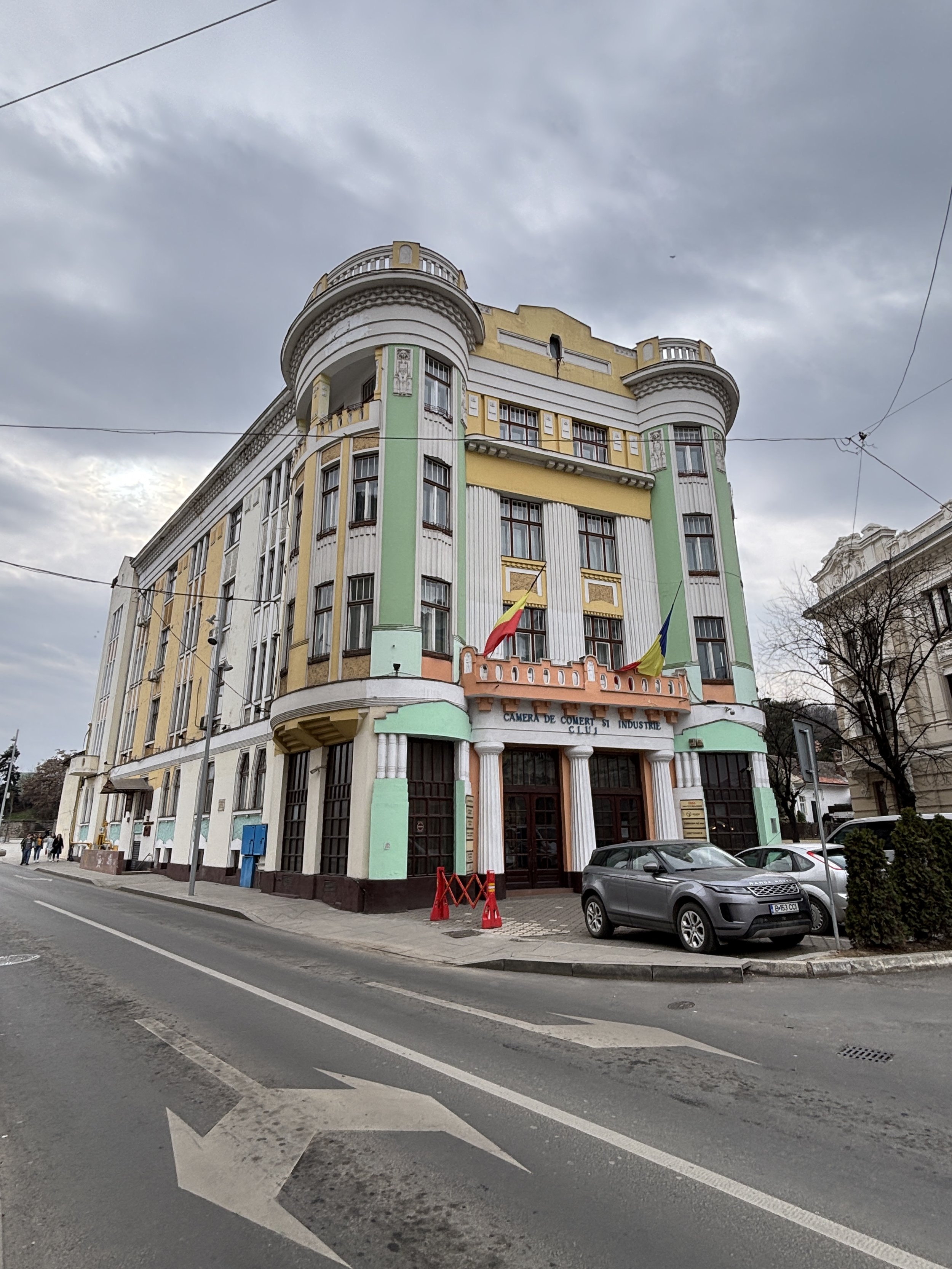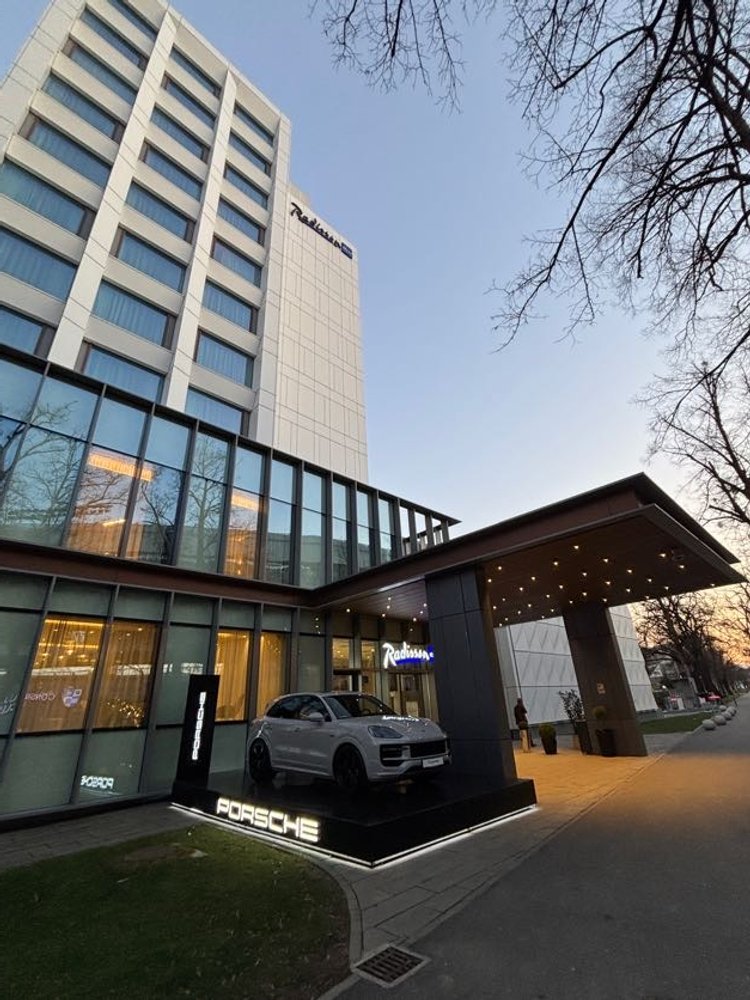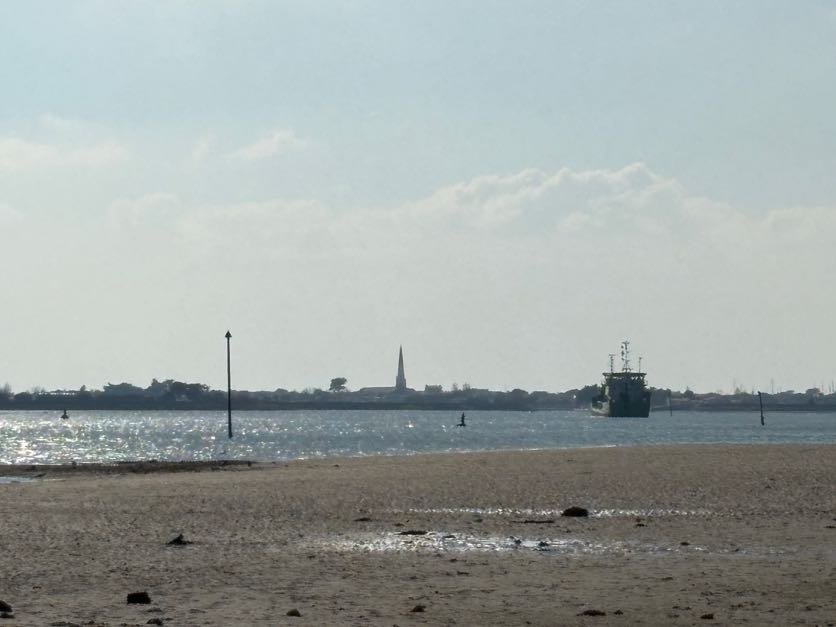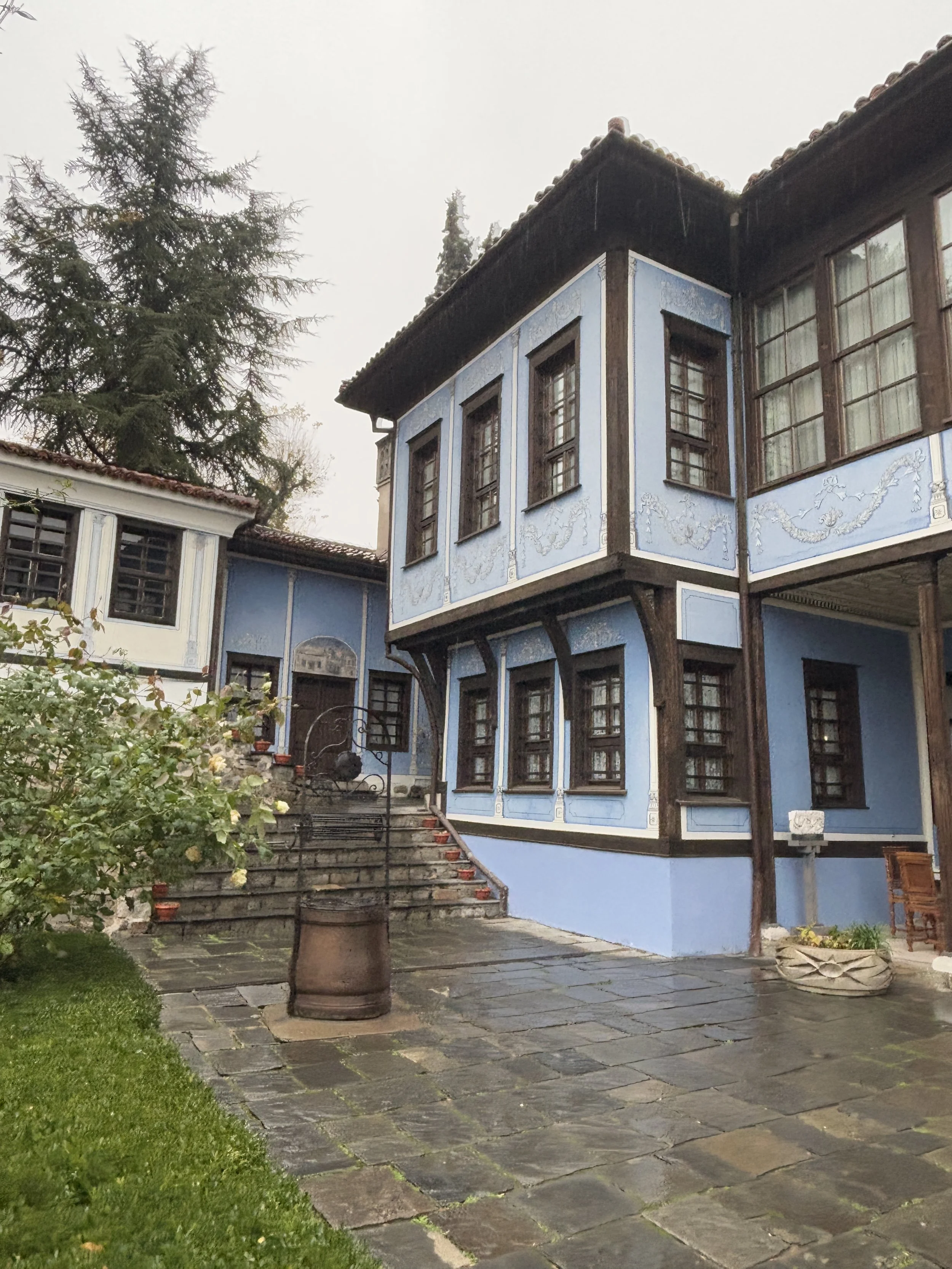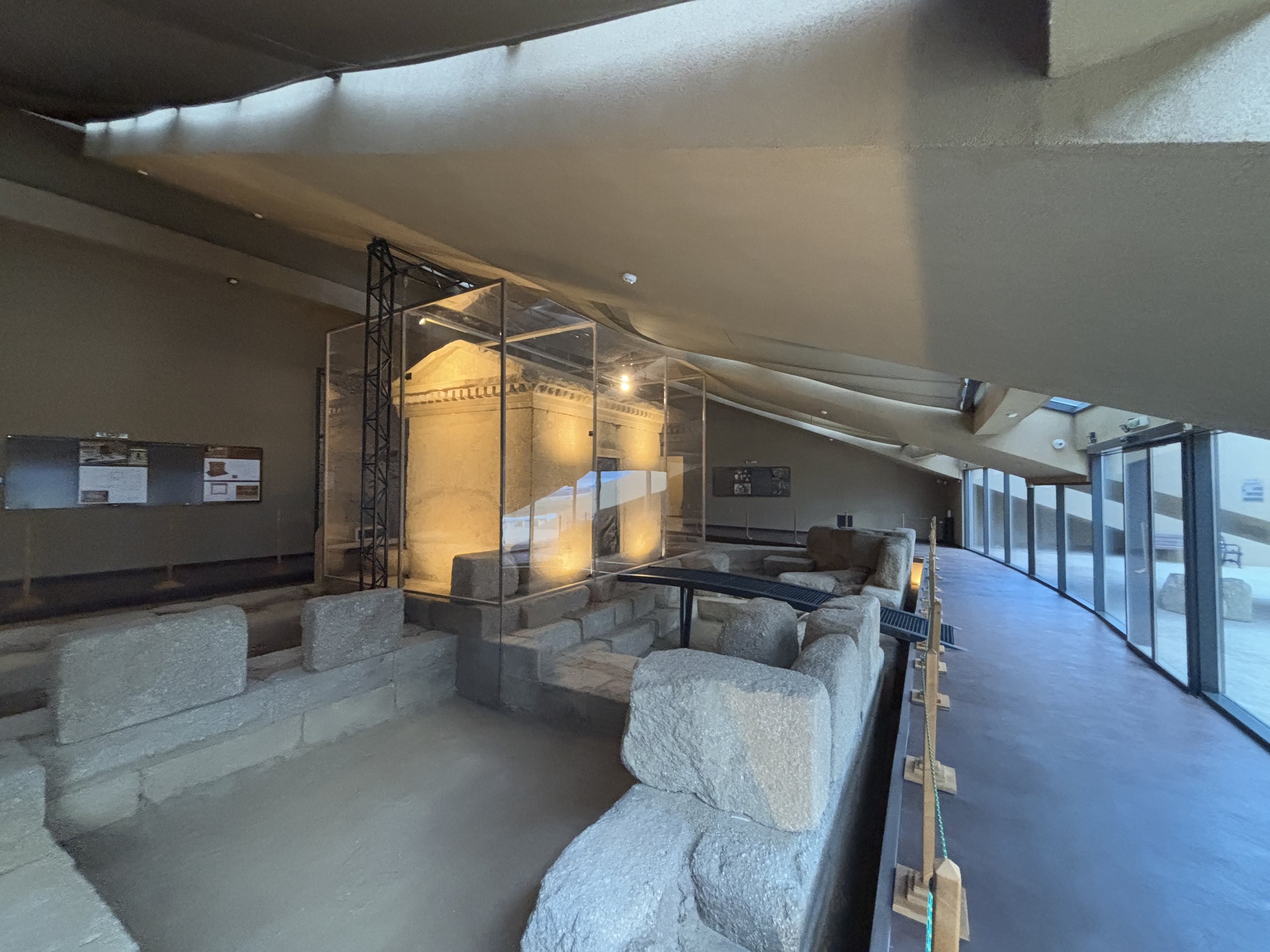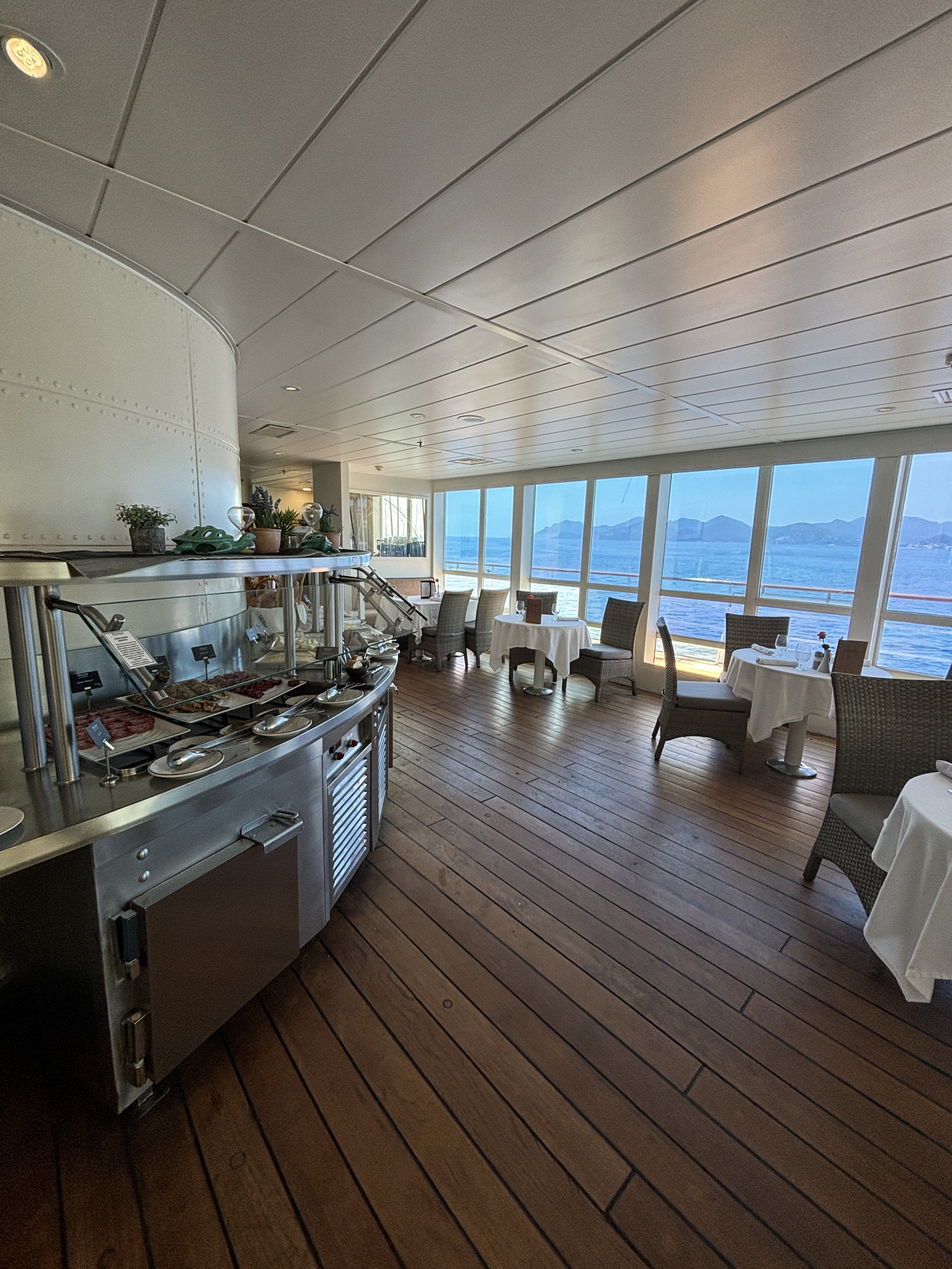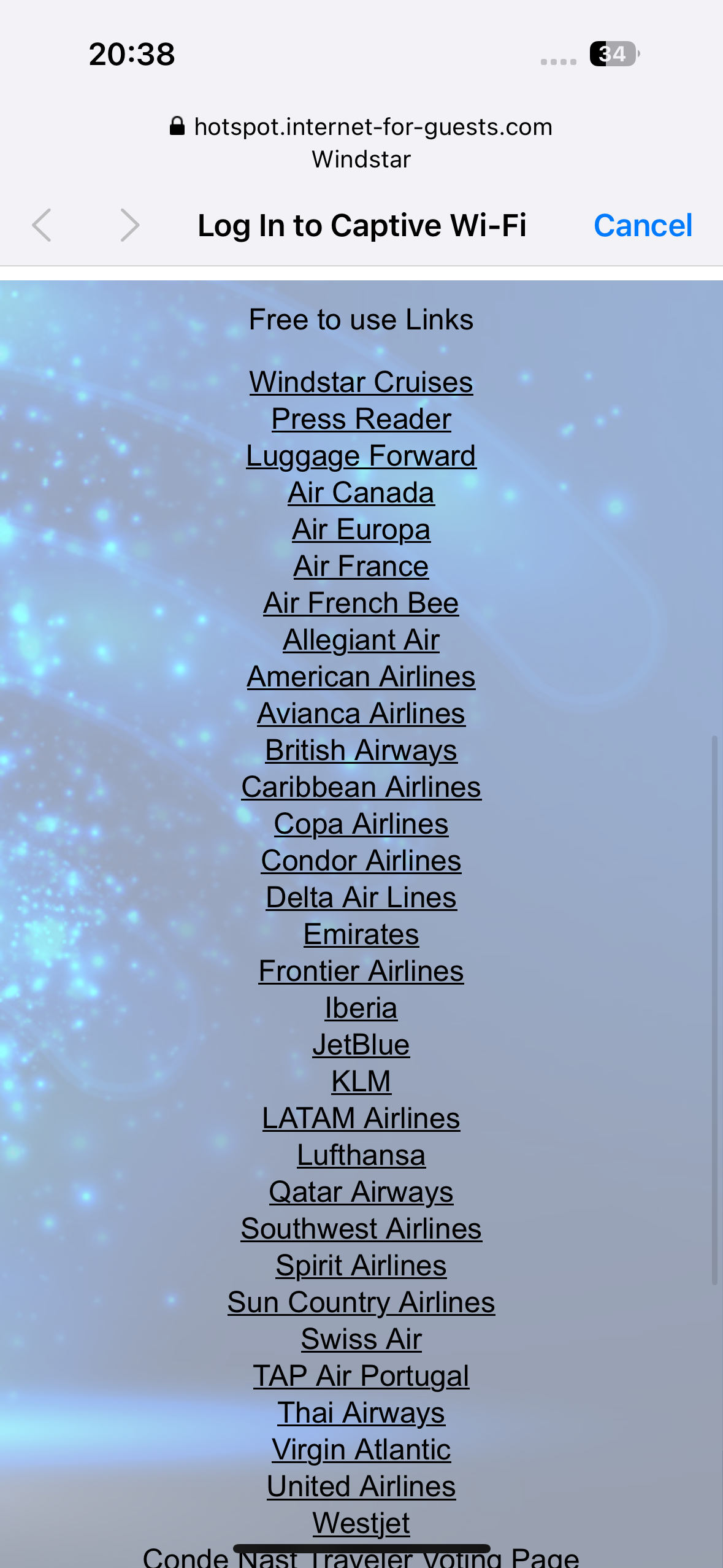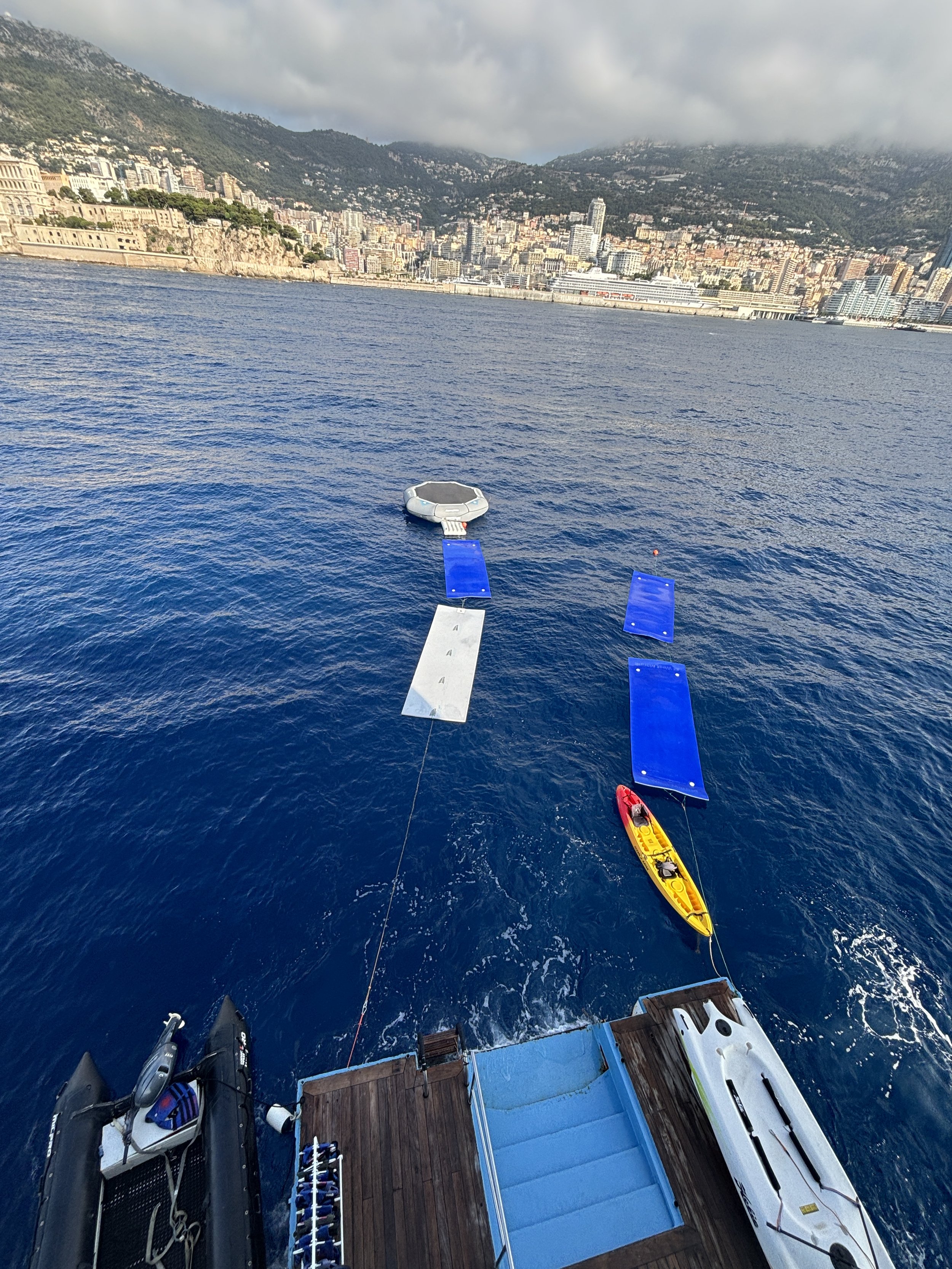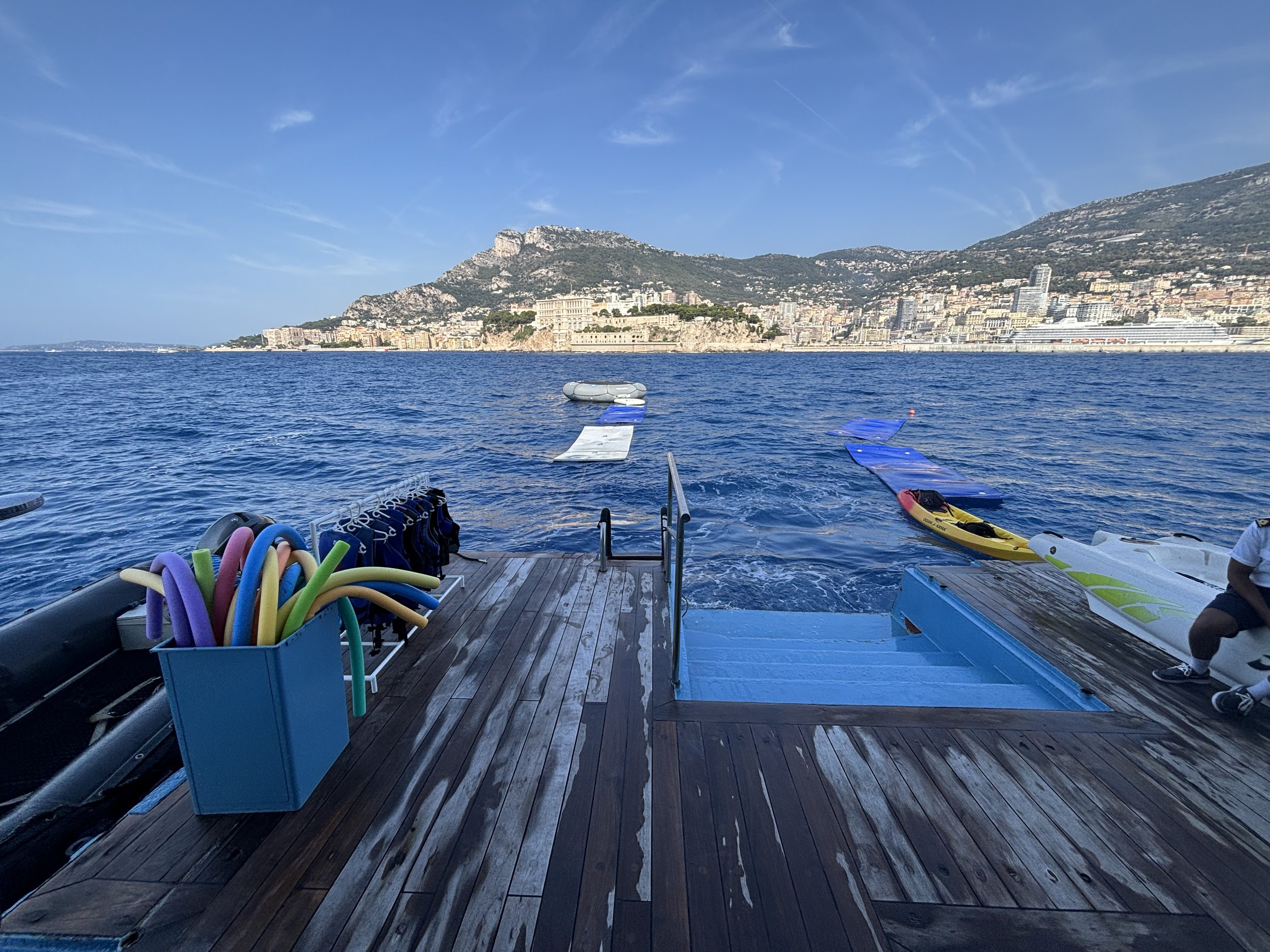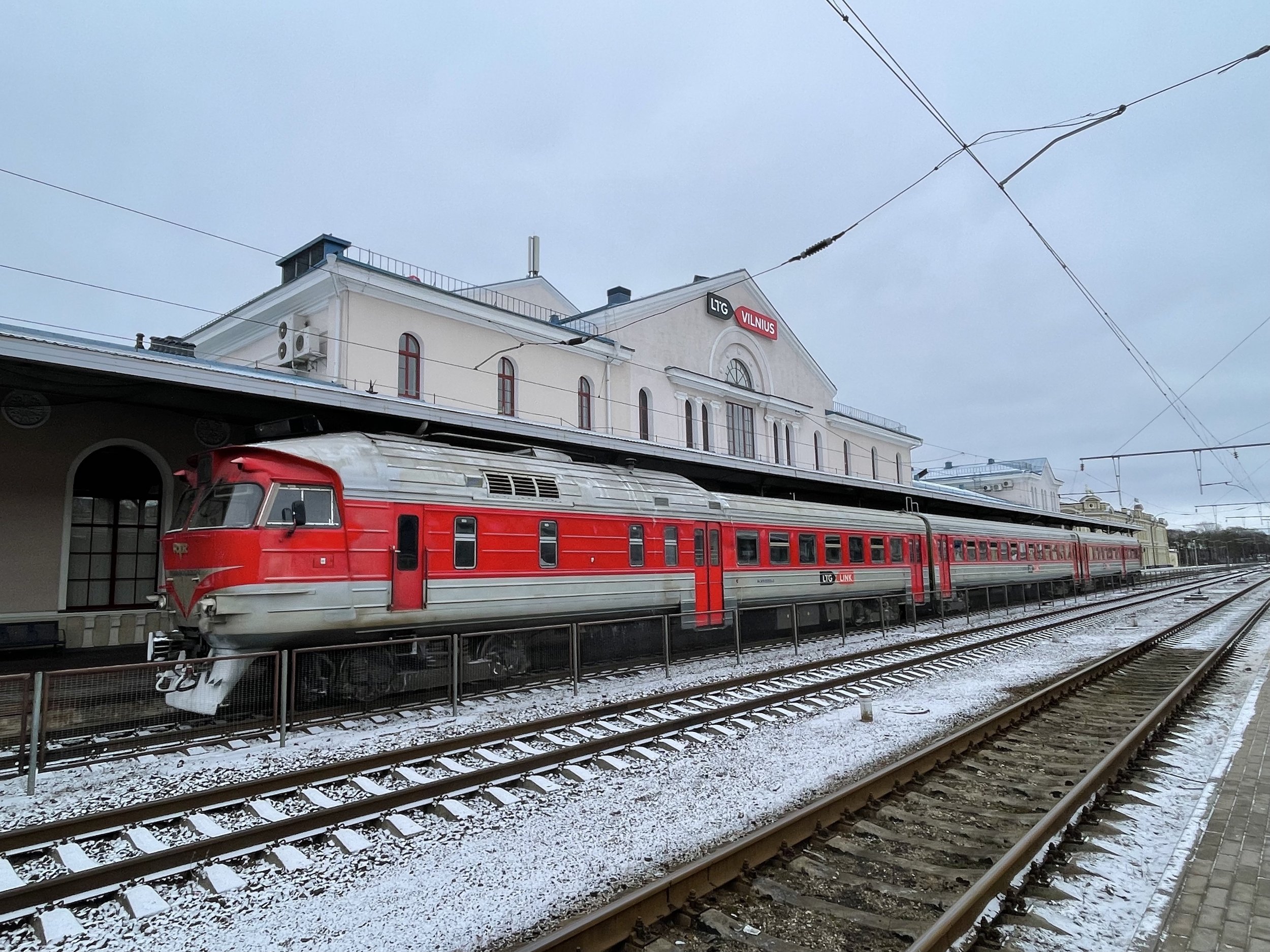Top things to see and to do in Cluj-Napoca, the heart of Transylvania
A recent aviation conference, Aviation-Event CLJ 2025, hosted by Avram Iancu Cluj International Airport, provided me an ideal opportunity to set foot in Romania for the very first time.
And what can I say? It totally surpassed my expectations!
Cluj-Napoca turned out to be a truly hidden hem (in fact, increasingly less hidden, since airlines are connecting the city to an increasing number of destinations throughout Europe and beyond), with a rather pleasant, tidy, beautiful and very walkable city center.
In this post I will share what I think are the top things to see and to do in Cluj-Napoca, the city that has come to be known as the “heart” of Transylvania.
To be clear, this was a short stay, but Cluj-Napoca’s historical center is not huge, so you can get a good grasp of the place in a couple of days, which is the amount of time I spent sightseeing in Cluj.
A walk through the old town of Cluj
Cluj-Napoca is an ancient city. In fact, the second part of its name, “Napoca”, which was added in the post-war years, is a reference to its past as a Roman colony.
Romania takes big pride in its Roman heritage (starting by the name of the country itself!). In fact, the fortified Roman city of Napoca was one of the northermost Roman outposts in this part of Europe, almost at the limits of the Roman province of Dacia.
But, this is only part of the story, because, like many places in this part of Eastern Europe, borders have changed frequently in this part of Europe and populations and languages have mixed, with different linguistic and national groups often living side by side for centuries.
This is also the case of Cluj. For long time the city was part of the historical kingdom of Hungary (with some prominent Hungarian kings being actually born in the city). It later became part of the Austro-Hungarian Empire and, finally, joined the independent state of Romania.
An obelisk marking the visit to the city of Cluj of Austrian Emperor Francis I in the early 19th C.
In addition to the Romanian-speaking population, which today is the vast majority, Cluj, like the rest of Transylvania, has also a sizable Hungarian-speaking minority and, until WW2 it had also substantial, Jewish and German-speaking (Saxon) populations too.
This diverse cultural mix is reflected in the fact that the city has three names. In addition to its Romanian name Cluj, the city has also been known historically as Kolozsvar (Hungarian), Klausenburg (German) and Claudiopolis (Latin).
Likewise, the center of Cluj has historically been dotted by churches of different confessions (Roman Catholic, Romanian Greek Catholic, Romanian Orthodox and Protestant) in addition to synagogues (most of the Jewish heritage was, sadly, lost during WW2, when the local community was deported and killed by the Nazis).
We had the privilege to be guided around the center of Cluj by Catalin, of Cluj Guided Tours, who helped us understand the many nuances and rather complex history of this city and the different peoples that have shaped its past.
The present-day historical center of Cluj corresponds roughly with what used to be within the walled perimeter of the city, but fortifications were torn down by the Austrians in the 18th C. so only a couple of towers remain in place.
The city center has a handful of pedestrianised cobbled streets of the sort you find in many of the cities across what used to be the Austro-Hungarian Empire. Fortunately, and unlike in other cities in this part of Europe, this area hasn’t been overtly taken over (at least not yet!) by Irish pubs and souvenir shops!
One of the key points in the old town is this whitewashed house depicted in the picture above (in fact, as our guide explained to us, it is the amalgamation of three different houses), where one of the greatest Hungarian kings, Matthias Corvinus, was born in the 15th C. A plate by the door marks this event.
It is said that the king later granted a long-lasting tax exemption to the inn where he was born.
Equally interesting is the adjacent and somehow “newer” part of town, which contains most of the 18th and 19th C. buildings, kept in perfect condition, together with a handful of broad avenues and commercial streets.
It is here where we find another of the city’s singular monuments, the Monument of the Signers of the Transylvanian Memorandum, which alludes to an episode in the late 19th C., in which Romanians living within what was then the Austro-Hungarian Empire petitioned the emperor in Vienna for equal rights as a national minority.
The Church of Saint Michael, Cluj
The center of gravity of Cluj is Unirii Square, a wide open space which contains two of the city’s landmarks: Saint Michael’s Church and the monument to Mathias Corvinus, the aforementioned king of Hungary.
Besides its monumental appareance, flanked by grand buildings on pretty much all sides, Unirii Square acts also as a nexus between different parts of the city center: the old town, the commercial area and the university area, and it sees a constant flux of people.
The Church of Saint Michael is a rather remarkable and beautiful building, with plenty of light coming in through its stained glass windows.
The church was originally much more extensively decorated, but most of this decor was either smashed or covered during a period, in the 16th C. when it was taken over by Protestants. It later returned to the Roman Catholic Church and some of those artistic elements were restored to some extent, like some of the frescoes you can see in the picture below. The elaborately carved wooden lectern was also preserved.
Cluj is a university city
Another element that makes contemporary Cluj stand out is its university activity. About one in four of the city’s inhabitants is a student!
This has also helped Cluj become a center of knowledge-based industries in Romania, such as IT and pharma, although many of the major faculties are actually located around the old town, for example in the area depicted below (the style of which reminded me of Italy somehow!).
What to see in modern Cluj
It is not all about the old town in Cluj. The more modern bits of the center are not devoid of interest.
It is worth walking to Avram Iancu Square to see the Dormition of the Theotokos Cathedral, which it is actually quite recent (for the standards of the rest of the city) and was completed in 1933. The square is named after local national hero Avram Iancu (the same who gives name to the airport!), who campaigned for the rights of Romanians within the Austro-Hungarian Empire in the 19th Century. Iancu has also a statue in the middle of the square.
Opposite the cathedral there are a number of remarkable ornate buildings form the same period, including the Romanian Opera House (there is another opera house in Cluj, the Hungarian one!).
Also, not far from there are the works of the new Greek Catholic cathedral, which, apparently, have been ongoing for a rather long period of time, to the point that our guide compared them to Gaudí’s Sagrada Familia in Barcelona, not a far-fetched comparison!
Throughout the center you can also find quite a few remarkable buildings, most of them built sometime in the late 19th or early 20th C. periods.
Cluj has also its fair share of Communist-era brutalist buildings, although most of them are in the outskirts of the city (you see quite a few of them on the way from the center to the airport).
The river Someșul Mic (with its adjacent canals) flows through the very center of Cluj, just north of the historical center.
This is not a large river, but it offers some sights from atop its bridges and it is also flanked by some green recreational areas, such as Cluj’s Central Park, which shall see shortly.
Walking through Cluj’s Central Park
Cluj’s Central Park (“Parcul Central”), a broad and elongated, recreational area next to the old town, is a rather remarkable space.
It is was given this recreational function already in the 19th C. and it has the look and feel of the urban gardens of that era (it has some pavilions dating back to those times, which are now waterside restaurants and cafés).
The Central Park has preserved its original structure, with three parallel tracks running through it. The central one was for carriages, while the two lateral ones were for people riding horses and walking, respectively. They were separated by greenery and small irrigation ditches joined by these cute little wooden bridges you can see in the pictures.
At opposite ends of the park you find two other Cluj landmarks.
On the west side are the stadium and sports pavilion (both quite large for a city of this size). Next to the stadium there is also an open air fair of traditional Transylvanian products.
At the other end, where the park meets the old town, there is this monument (below) dedicated to all those that opposed the Communist dictatorship. Notice the broken shackles and the fractured hammer and sickle, pretty strong symbolism here!
Grabbing some food on the go in Cluj
Since I was having all my meals at the conference I was attending, the gastronomic section is going to be quite limited this time.
However, I would like to share the coordinates of a small bakery where I stopped to have a bite during my sightseeing walk.
If you are just looking to eat something light and rest a bit while on the go, you can’t go wrong with this one!
Community Foods Bakery
Strada Regele Ferdinand 3
Cluj-Napoca 400110
Where to get the best views of Cluj
For a bird’s view of central Cluj you would need to climb up to Centatuia Hill, which overlooks the old town across the river. The most straightforward way to get there is to just walk uphill from the center, it’s a bit steep but, if you are in ok shape should not take more than 15-20min.
The Austro-Hungarians built a fortress on top of this hill (partly replacing the old city walls as a defensive stronghold), but almost nothing remains today of that.
On this spot, later on, the Communist regime built the “Transylvania Hotel”, which was later renamed as “Belvedere Hotel” because of the hill-top views.
This was the hotel of reference in Cluj during that era and it is still open to this day as a hotel, although today its interior today looks a bit like time-travel to the 1970s
Where to stay in Cluj
Here is the hotel recommendation for Cluj-Napoca:
Radisson Blu Hotel, Cluj
Aleea Stadionului 1
Cluj-Napoca 400372
This was the venue of the Aviation-Event conference and it was a rather pleasant stay.
The hotel is very modern and it has a nice location, at the western end of the Central Park, just opposite the stadium. Service was impeccable throughout.




















